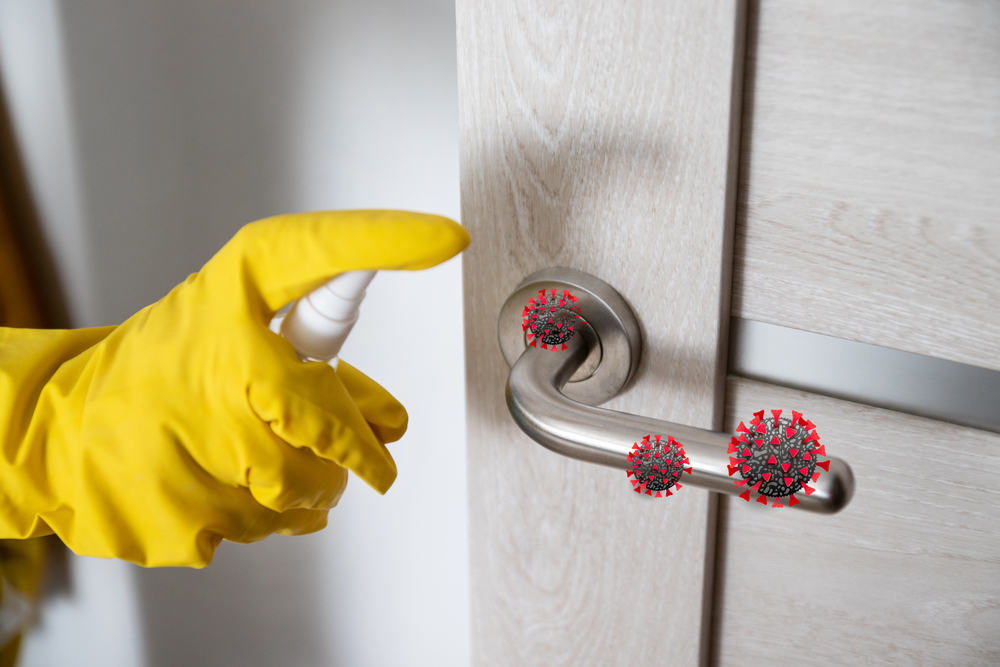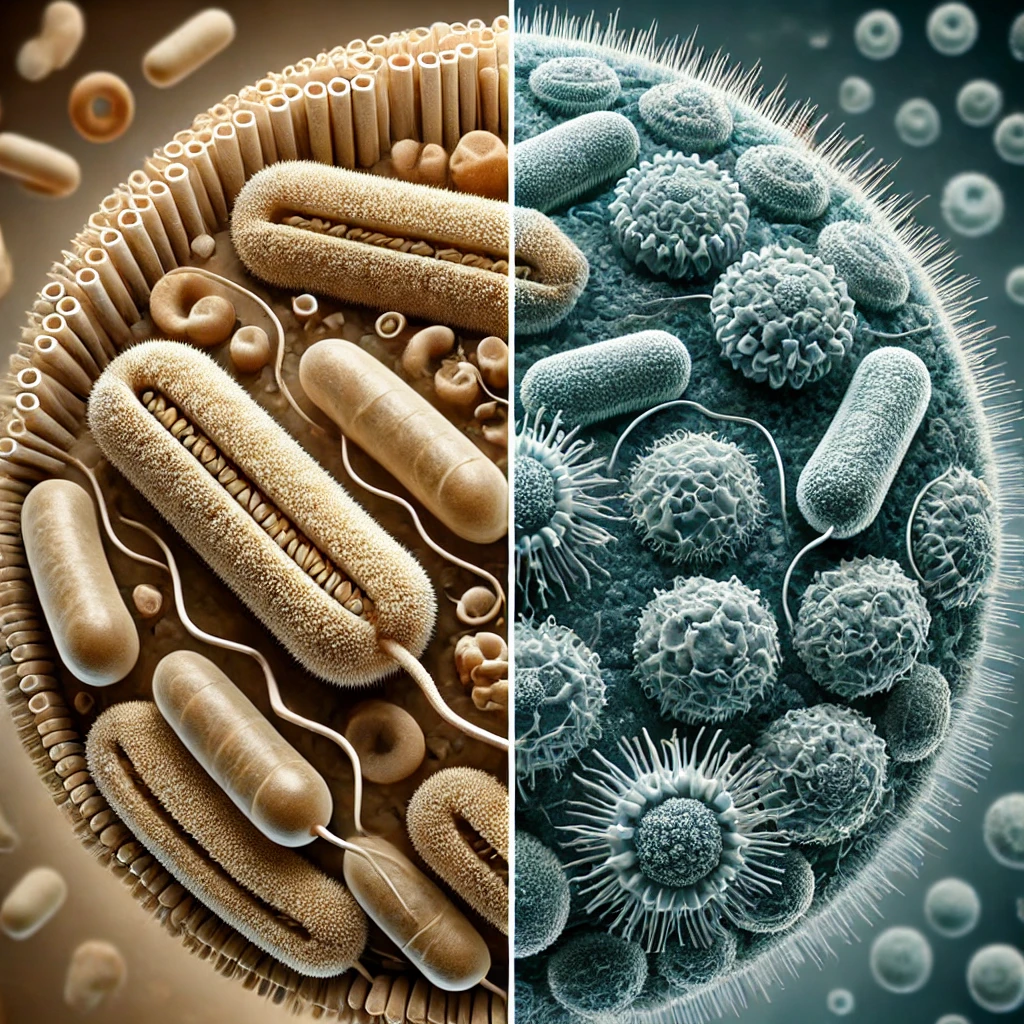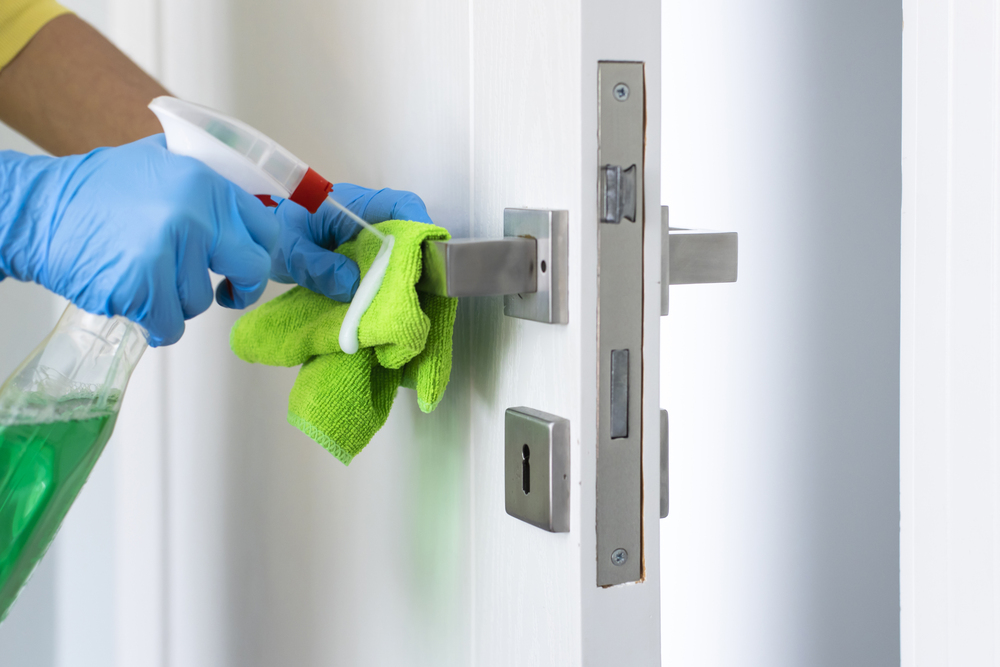The Importance of Infection Prevention and Control in Healthcare Settings
Introduction to Infection Control in Healthcare
Infection prevention and control are critical aspects of maintaining a safe and effective healthcare environment. Proper infection control practices not only protect patients but also safeguard healthcare workers and visitors from potential health risks. As highlighted in our cleaning and disinfection tips, effective measures significantly reduce contamination risks and promote a healthier setting.
What Is Infection Control and Why Is It Important?
Defining Infection Control
Infection control refers to policies, practices, and procedures designed to prevent the spread of infections in healthcare facilities. It involves a systematic approach to minimizing risks associated with infections and ensuring a safe healthcare setting for patients and staff alike. For example, disinfection cleaning services can help maintain a high standard of cleanliness in critical environments.
Importance of Infection Control
Effective infection control is essential to reduce the risk of healthcare-associated infections and ensure the well-being of patients and healthcare personnel. It also plays a vital role in protecting vulnerable populations, such as those in long-term care facilities, where infection risks can be higher. Infection control helps reduce healthcare costs by preventing prolonged hospital stays and avoiding the need for additional medical interventions resulting from infections. Learn more about how to stop the spread of infection in medical facilities.
Key Principles of Infection Prevention
Hand Hygiene
Hand hygiene is the cornerstone of infection prevention. Proper handwashing with soap and water or using alcohol-based hand sanitizers helps reduce the risk of infection transmission. Consistent hand hygiene is crucial for healthcare workers, patients, and visitors. Inadequate hand hygiene can lead to the spread of germs and infections within healthcare settings, making it essential to enforce regular handwashing protocols.
Use of Personal Protective Equipment (PPE)
Personal protective equipment such as gloves, masks, and gowns provides a barrier against infection transmission. Healthcare personnel must be trained on proper PPE usage to maximize its effectiveness in preventing infections. By integrating these practices with professional disinfection services, healthcare facilities can further enhance infection control efforts.
The Role of the CDC in Infection Control
The Centers for Disease Control and Prevention plays a pivotal role in establishing infection prevention and control guidelines for healthcare settings. The CDC provides best practices, resources, and tools to help healthcare facilities implement effective infection control measures. Their guidelines emphasize the importance of infection control programs, proper cleaning procedures, and infection prevention strategies tailored to different healthcare settings.
Common Healthcare-Associated Infections
Types of HAIs
Healthcare-associated infections are infections patients acquire during medical treatment. Common types include catheter-associated urinary tract infections, central line-associated bloodstream infections, surgical site infections, and respiratory infections. Each of these infections can result from poor infection control practices and inadequate sanitation.
Impact of HAIs on Patient Care
Healthcare-associated infections can lead to prolonged hospital stays, increased medical costs, and higher mortality rates. Implementing effective infection prevention practices can significantly reduce these risks. Consistent infection control measures, such as sterilizing medical equipment and maintaining proper hand hygiene, can protect patients from preventable infections that complicate their treatment.
Infection Control Measures in Healthcare Settings
Environmental Cleaning and Disinfection
Proper cleaning and disinfection of surfaces and medical equipment are essential for infection control in healthcare facilities. High-touch surfaces such as bed rails, doorknobs, and medical devices should be regularly disinfected to prevent the spread of germs and reduce the risk of infection. For facilities looking for comprehensive support, our commercial disinfection services offer tailored solutions for healthcare environments.
Proper Waste Management
Safe disposal of medical waste, including sharps and biohazard materials, minimizes the risk of infection transmission within healthcare environments. Waste disposal protocols should be strictly followed to prevent accidental exposure to infectious materials and protect both staff and patients from contamination risks.
Vaccination and Antibiotic Stewardship
Vaccination programs help prevent the spread of vaccine-preventable diseases. Antibiotic stewardship programs ensure the responsible use of antibiotics to reduce the development of resistant infections. Overuse of antibiotics can lead to resistant bacteria strains, making it crucial to balance antibiotic prescriptions with infection prevention strategies.
Infection Control Training for Healthcare Workers
Importance of Training Programs
Regular training on infection control policies ensures that healthcare personnel remain informed about the latest practices and standards. Training covers areas such as hand hygiene, PPE use, and environmental disinfection. Frequent refresher courses and hands-on demonstrations can reinforce proper infection control practices among staff.
Compliance with Infection Control Policies
Ensuring compliance with established infection control practices helps maintain a consistent standard of care and minimizes infection risks. Healthcare administrators should monitor staff adherence to infection control protocols and provide continuous feedback to improve compliance.
Infection Prevention in Long-Term Care Facilities
Unique Challenges in Long-Term Care
Long-term care facilities face unique infection control challenges due to the vulnerability of residents and the communal living environment. Older adults and individuals with chronic health conditions are often more susceptible to infections, making proactive infection control strategies vital.
Strategies for Infection Control in Long-Term Care
Regular staff training on infection control measures reinforces proper hand hygiene, PPE use, and cleaning techniques. Enhanced hand hygiene practices help reduce the risk of infection transmission. Proper use of PPE provides an effective barrier against the spread of pathogens. Routine environmental cleaning ensures high-touch surfaces and shared spaces remain disinfected and safe for residents.
Summary of Key Infection Control Practices
Implement effective hand hygiene practices across all healthcare settings to reduce infection transmission. Use personal protective equipment correctly to create a barrier against infection risks. Follow CDC guidelines for infection prevention and ensure proper compliance with infection control measures. Regularly disinfect high-touch surfaces and medical equipment to minimize contamination. Provide ongoing infection control training for healthcare personnel to keep standards consistently high. Maintain a clean and organized healthcare environment to promote safety and infection prevention.

new cleaning offers
- Mop all surface floors $50
- Clean disnfct breakroom $50
- Clean disnfct bathrooms $60
- Empty trsh and replace $75
- Vacuum upholstery, vents $45
- Vacuum disnfct floors $55








